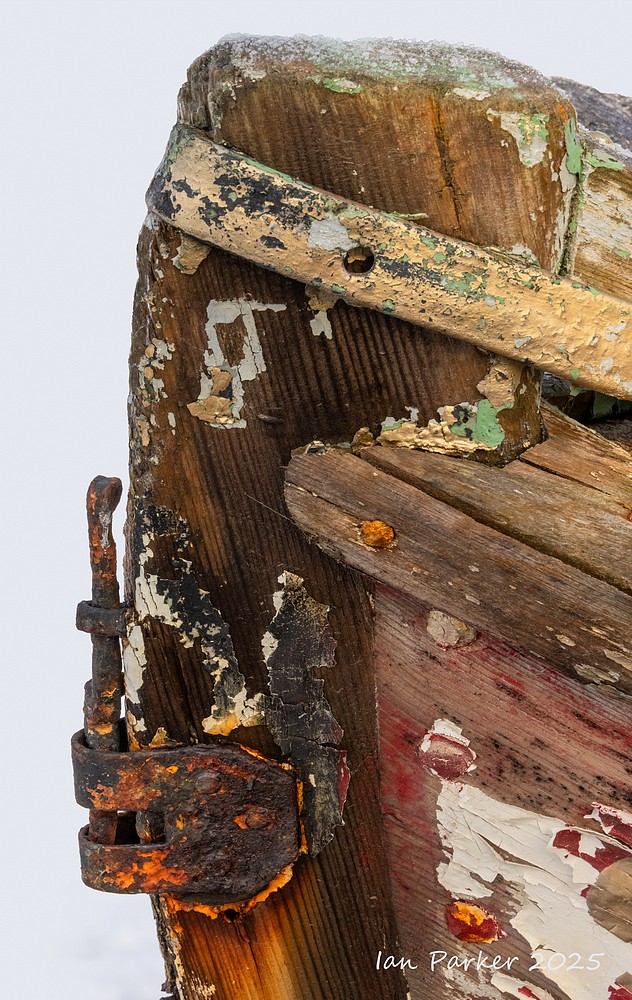Senja & Lyngen Alps, Norway |
Senja Island
Two evenings the aurora failed to fully materialize
| |
 View from Bergsbotn utsiktsplattform; Senja Island, Arctic Norway
View from Bergsbotn utsiktsplattform; Senja Island, Arctic Norway |
|
| |
 Lighthouse at the tip of Tungeneset; Senja Island, Arctic Norway
Lighthouse at the tip of Tungeneset; Senja Island, Arctic Norway |
|
| |
 Driving into a snowstorm; Senja Island, Arctic Norway
Driving into a snowstorm; Senja Island, Arctic Norway |
|
Minimalist photography of trees in a white-out at the top of Skaland pass before the tunnel.
Skrolsvik Fort
Skrolsvik Fort at the southwest tip of Senjawas built by the occupying Germans in 1941 during World War II. After the war, the Norwegian Navy took over the fort, and it became part of the fortifications under the Coastal Artillery . In 1989, the fort was closed down, along with many other forts in the same area. Large parts of the fort are still intact, both with bunkers and prepared/established permanent positions. In addition, the four German 15 cm guns are still intact.
After the closure, the Senjehesten Coastal Defence Museum took over the facilities, and the properties were put up for sale. The site has variously functioned as a campsite, hotel, and museum but now is open to wander in its decaying state.
We visited on a cold, grey and very windy day. A monochrome presentation seemmed most appropriate to capture the atmosphere.
Rust patterns needed to be in color!
Across the bridge to Senja Island, and our lighthouse home for 5 days
| |
 Boat prow; Senja Island, Norway
Boat prow; Senja Island, Norway |
|
Lyngen Alps, Nordkjosbotn
After navigating the confusing intersections in tunnels under Tromso we drove a short 100km to the small town of Nordkjosbotn, siuated at the end of a long fjord extending to the sea. We stayed for two nights at Vollan Gjestestue, a cozy lodge with excellent food. Our first night was clouded in, but the second brought clear skies, so we drove out to the Signaldal valley for a clear view of Otertind, a stunning mountain peak that rises over 4000 feet above the river with dual peaks that look as if cleaved by the giant axe of a Norse god. For about two hours before clouds rolled in we were treated to a spectacular, ever changing display of auroral acrobatics.
To best (but still not fully) encompass the extent of the aurora I used my widest lens, an 11mm f4 Irix lens on a full frame Canom R5. The camera settings were a matter of compromise. Most published photos of auroras appear rather blurred, as the light changes rapidly. Aided here by relatively intense displays I was able to keep shutter speeds down to 4 or 8 seconds to maintain sharpness in the serrrations of the light fans. That necessitated a high ISO of 3200 but the R5 hendles these settings well, and processing with Topaz de-noise handled remaining noise.
created 07/18/2025
|